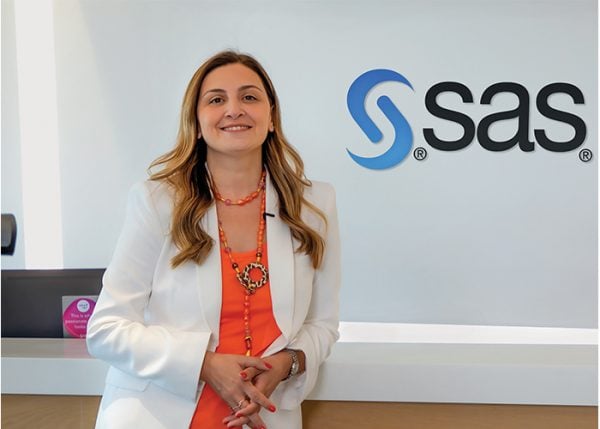
The Covid-19 pandemic is quite possibly the single most disruptive event in recent history, as it affected every country, every individual and every organisation around the globe. Therefore, it’s hardly surprising that the customer of 2022 has little in common with the pre-pandemic customer. In fact, a new type of customer has emerged during the last couple of years – one that is more digital and demanding than ever.
The results of a recent survey commissioned by SAS tell a clear story: 90 per cent of customers in the META region noted an improvement in customer experience (CX) since the pandemic started. During the same time, the region saw the greatest increase in digital users across Central and Eastern Europe, the Middle East, Turkey and Africa, with a 27 per cent rise. It should be noted that customers’ decisions are no longer solely driven by low prices, with factors such as convenience now ranking as a top-three priority. But what one customer considers a good customer experience can differ considerably from another customer’s expectations. Failure to understand customers’ individual preferences could result in the loss of business. After just one or two poor experiences, 45 per cent of UAE customers would easily ditch a brand. And this is where hyper personalisation comes into play.
In order to fulfil each customer’s expectations and offer them unique, tailor-made experiences, CMOs need to deep dive into the world of hyper personalisation. Of course, the term ‘hyper personalisation’ did not appear out of nowhere. It has been considered the new wave of customer experience since the previous decade – and the pandemic worked as a catalyst.
Businesses that are serious about offering exceptional CX must give customers exactly what they want, how and when they want it. By combining real-time data with the power of AI, hyper personalisation is the next big thing in marketing. The path to hyper personalisation can (and should) be an evolutionary one. For instance, it is better to start with a single channel and a single business objective, in order to deal with easier to track KPIs.
However, implementing a solution capable of addressing the challenges of the adaptive customer experience is vital to success. Organisations should be able to collect rich data sets in a simple way and turn them into useful information. Cross-channel coordination is key, so as to better understand customers by combining online and offline data. Moreover, analytically driven decision making in real-time should lead to seamless interaction, delivering customers relevant and valuable offers, rather than generic offers usually viewed as noise.
But what are the actual benefits of hyper personalisation? We are talking about a win-win proposition. Real-time marketing and hyper personalisation result in fewer, more relevant offers that decrease marketing costs while increasing marketing effectiveness. Delivering hyper personalisation to customers drives brand loyalty and their response provides more insightful customer data. Gathering such detail from the customer touch point enables organisations to evaluate how effective their marketing department is from an engagement perspective. Furthermore, by understanding their customers at a deeper level, it is easier for organisations not only to retain them, but also to attract dissatisfied customers from competing brands.
‘‘Cross-channel coordination is key, so as to better understand customers.”
Despite their reluctance to share personal data pre-pandemic, as customers widely adopt digital channels, they have now become more willing. Not for free, but in exchange for a vastly improved customer experience. One thing CMOs should keep in mind, though, is that customers expect organisations to respect and protect their privacy, as the level of fraud awareness has risen significantly (74 per cent across the MEA region according to the SAS survey) during the pandemic. This rise means that businesses need to find the right balance between extensive fraud-protection measures and a frictionless customer experience. Once again, analytics and accompanying technologies such as AI and machine learning are the answer. They can be used to identify fraudulent patterns, helping to detect and prevent fraud in real time but without disrupting the customer experience. To keep customer confidence high, organisations should also pay close attention to the ethical standards they apply when collecting and using customer data. Data ethics standards are becoming ubiquitous among organisations with advanced CX capabilities.
To meet customers where they are, CMOs need to up their analytics game. Undeniably, making things personal with customers is no longer an option but a must. When we say personal, we do not mean large segments but every individual being a special segment. In an ever-changing world where nothing can be taken for granted, organisations that can quickly adopt a hyper-personalised marketing strategy powered by data, advanced analytics, and AI will be able to find the most profitable growth opportunities.









